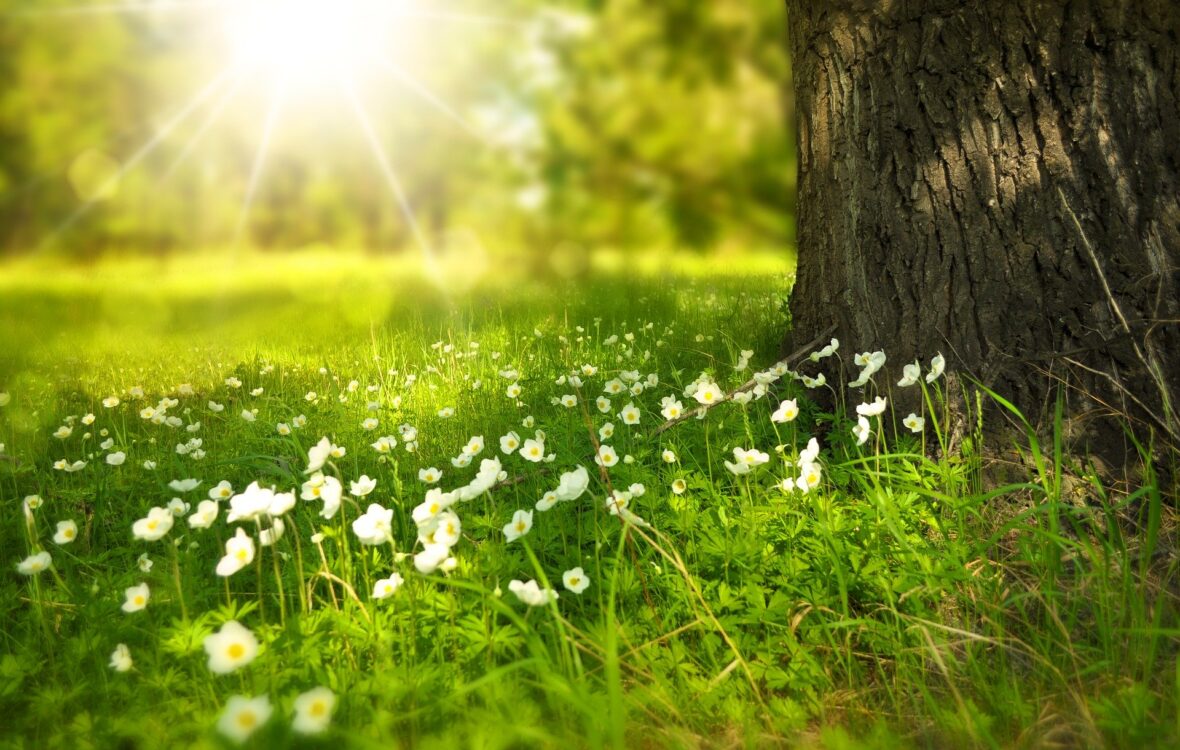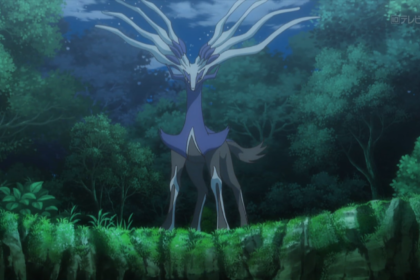Spring is often many people’s favourite time of year, and it’s not hard to understand why! It spells the end of Winter. What’s more, it’s the time of year when animals start to emerge from hibernation. Take a look below for 10 amazing and interesting facts about spring.
1. Just because spring has sprung, doesn’t mean you’re going to just see sunny weather and mild wind conditions. In fact, even in the UK, it’s not unheard of for snow to pillow down in May.
2. Spring can also be amazingly wet. You’ve likely heard of the phenomenon of ‘April showers’! This is no clearer a phenomenon than in the UK! The wettest spring on record in the UK came to pass in 1947, as around 332mm of rainfall was recorded.
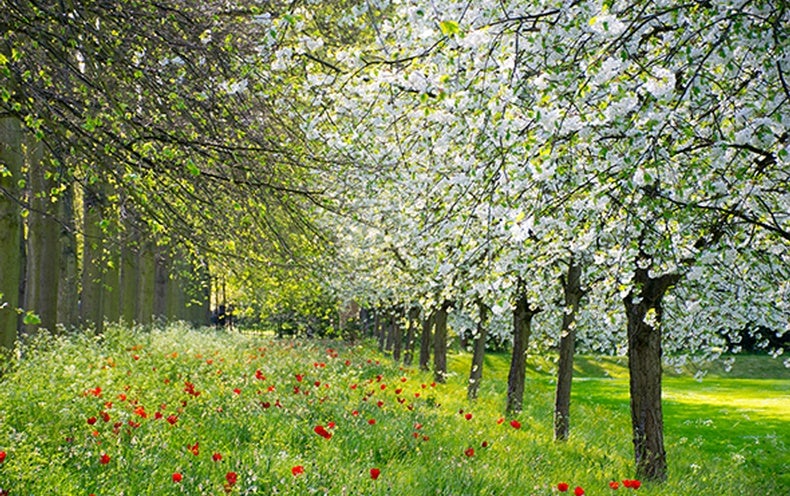
3. It’s likely you’d imagine spring to start seeing pollen emerging in the atmosphere. However, this actually won’t occur in the UK until around June or July in some cases. The fact is, different flora will release pollen at different times of year. Unfortunately, you’re at risk of developing hay fever at any time.
4. As you can imagine, spring in the Northern Hemisphere is going to look very different in the Southern Hemisphere. In fact, while we are celebrating the start of spring in the UK, Australia will be welcoming autumn.

5. Spring is generally marked with the emergence of Easter – however, Easter changes from year to year, at least in terms of when it is celebrated. It’s generally celebrated the first Sunday following the spring equinox’s maiden full moon. That takes some planning!
6. Spring generally starts around late March, with many assuming around the 20th being the launching point. However, the start date for spring will vary all over the world. For example, in Japan, it’s not thought to be spring until their famous cherry blossom first emerges.
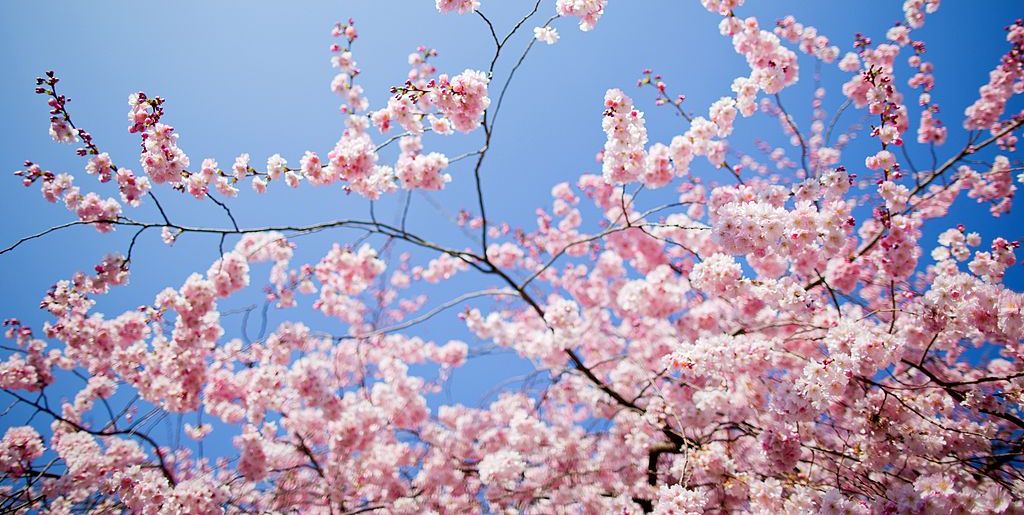
7. Mainly across North America, but as well as elsewhere, it’s likely you will face more tornadoes in spring than in any other season.
8. Spring is, of course, the time of year when animals will emerge from hibernation, and when new litters will be born. It’s also the time of year when honeybees start swarming around, which means they are looking to colonise. There’s no need to worry, however, as swarming bees are likely to be safer to humans than non-swarmers!
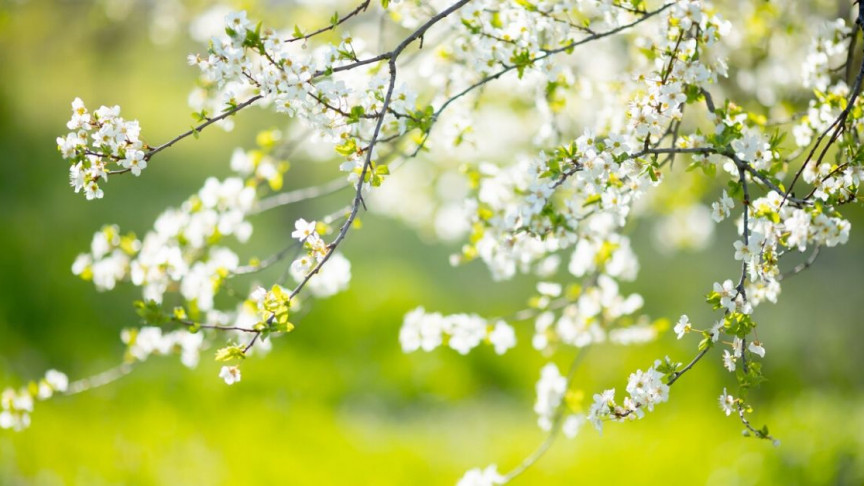
9. The spring equinox brings about a bizarre event up at the North Pole. From this date onwards, the area will witness endless daylight for up to six months. The opposite happens in the South Pole, where half a year of darkness will begin!
10. Ever heard the idea that you can safely balance an egg on its head during the spring equinox? Neither have we, but don’t try it – it’s a myth!

